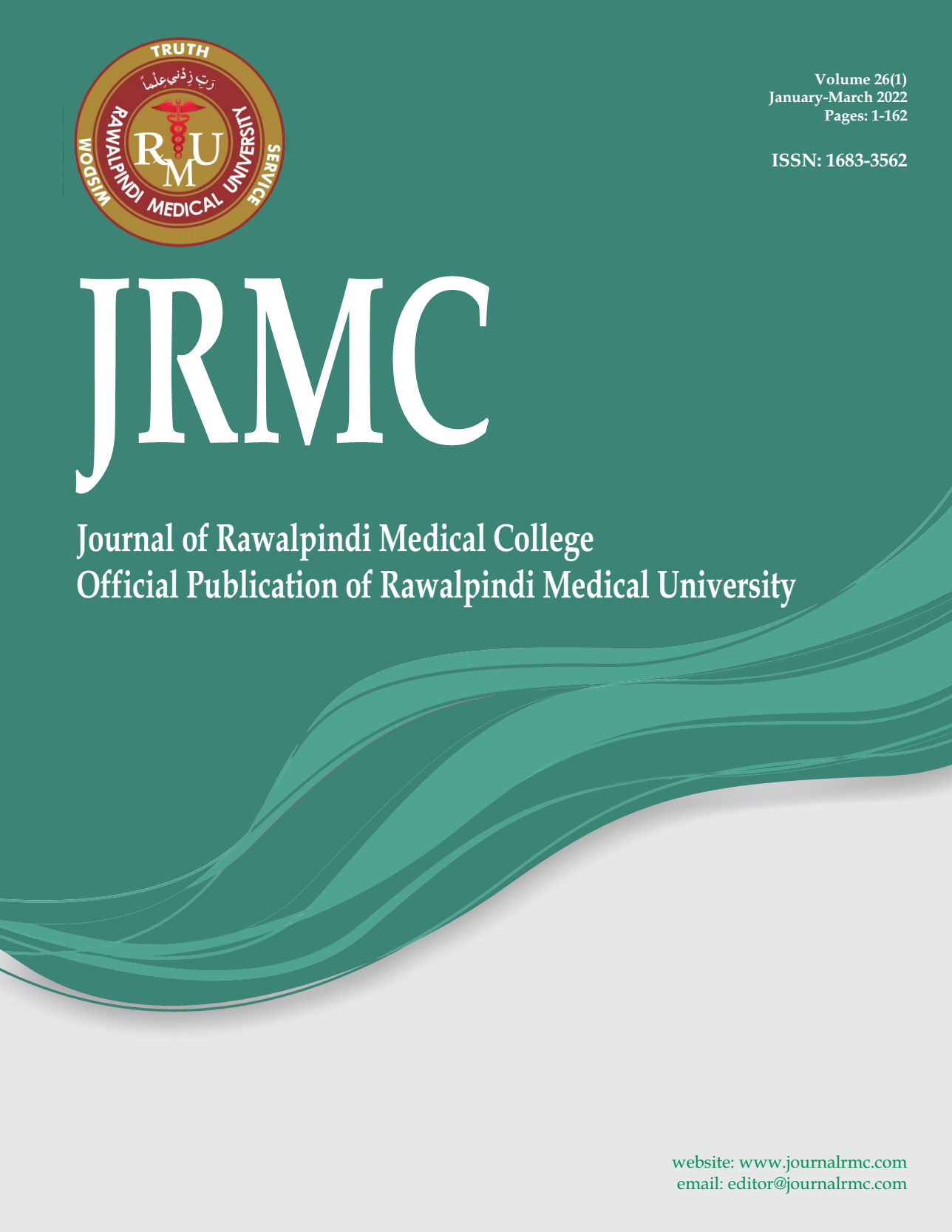Abstract
Introduction: Organophosphorus compounds are pesticides commonly used for agricultural purposes. However,
by nature they are poisonous, and administration either accidental or intentional is a medical emergency
requiring prompt evaluation and treatment, and can even lead to death. In addition due to the ease of their
availability, they are commonly used for self-harm/suicidal purposes.
Many of the patients are initially managed at primary or secondary healthcare setups before being referred to
tertiary care hospitals. The purpose of our study is to find a prognostic marker in the initial blood work of these
patients.
Materials and Methods: A total of 46 patients were included in this retrospective cross-sectional survey
conducted at the Department of Emergency Medicine, Holy Family Hospital, Rawalpindi. Data were collected
from patient files using specific questionnaires. Outcomes were defined in terms of Emergency Department
disposition. Data were analysed using SPSS v25. A univariate analysis, followed by Spearman’s Correlation was
used.
Results: Patients with a higher WBC to Platelet ratio had worse outcomes. The Spearman’s rho correlation
coefficient was calculated and a moderately strong correlation (rho = .458, p < .001) was found.
Conclusion: WBC to Platelet ratio is a hematological parameter determined to be most strongly correlated with
adverse outcomes in Organophosphate Poisoning. It has a statistically significant stronger correlation than the
WBC count alone. However, further extensive and focused studies are needed to corroborate these findings and
substantiate them as a definite marker of prognostic significance.
Keywords: Organophosphate Poisoning; Emergency Medicine; ED; White Blood Cells; Emergency Care; Patient
Outcome Assessment.

This work is licensed under a Creative Commons Attribution-ShareAlike 4.0 International License.
Copyright (c) 2022 Journal of Rawalpindi Medical College





